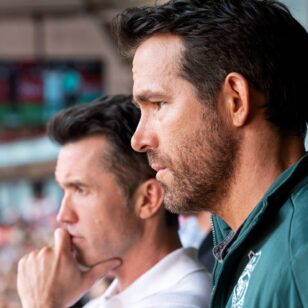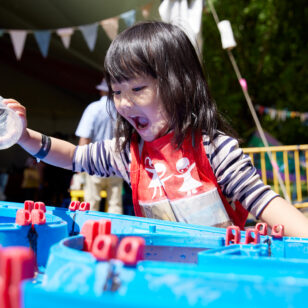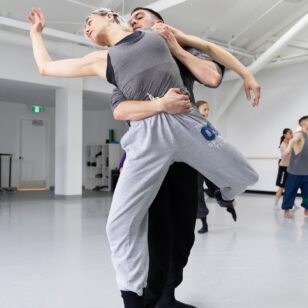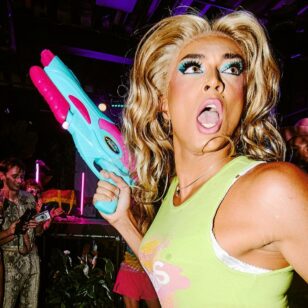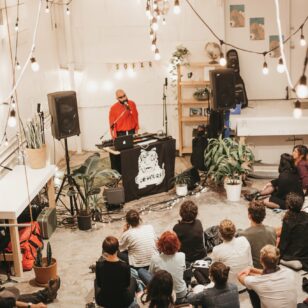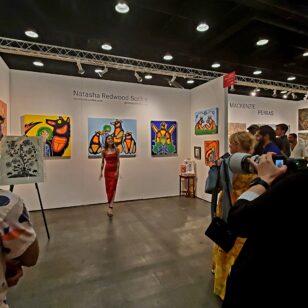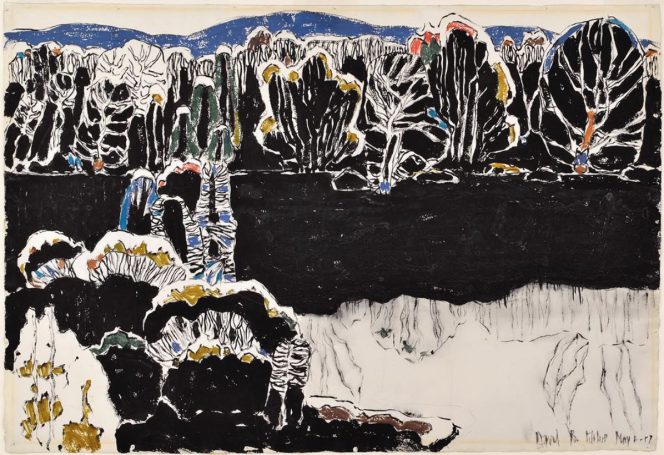
Image: David Milne, “Reflected Forms,” 1917, watercolour on paper, Art Gallery of Greater Victoria, Women’s Committee Cultural Fund, Photo: Stephen Topfer, Art Gallery of Greater Victoria
With the summer’s often scorching heat, a day at the gallery is a welcome respite. The Vancouver Art Gallery (VAG) has recently launched incredibly exciting and ambitious programming that runs into September 2018.
Particularly noteworthy is their David Milne: Modern Painting exhibition, a wide-ranging and shifting look at the work of one of Canada’s foremost artists of his time.
David Milne: Modern Painting, which runs until September 9, 2018, is located on the ground floor of the VAG and consists of over ninety works (oil and watercolour) by Milne, as well as collected sketches and other miscellany (eg photographs, battlefield postcards, field survey maps). Brought together, this impressive collection, curated by Ian A.C. Dejardin and Sarah Milroy and first shown in London, offers an in-depth exploration of the artistic evolution and milieu of Milne during the first half of the twentieth century. This Milne exhibition is especially noteworthy because one of such scope has not been mounted in thirty years.
Milne (1882-1953), who was born and died in Ontario, produced work that very much emerged from the often turbulent political, national, and economic contexts in which he lived. His work oscillates between deep immersion in the activity of his world and complete isolation from people and a turning instead toward nature.
The paintings, which span many gallery rooms, are organized in a chronological and geographic arc, beginning with “The New York Years” when Milne trained at the Art Students League from 1903 to 1906 and visited galleries where he was influenced by the work of Cézanne and Matisse. Works from this time show vivid New York street scenes, the colours bold and energetic.
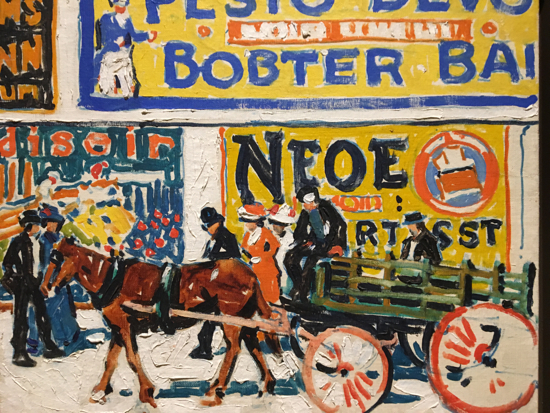
Yellow Billboards, c. 1912, oil on canvas; Photo Taken by Tara Lee
The exhibition then traces his time “Into the Woods” 180 kilometres north of New York City where Milne experimented with his own singular style before it examines his “Document of War” based on his WWI commission recording the battlefields in France and Belgium. These pieces evidence an unflinching willingness to use visual form, space, and short brushstrokes to show the blankness and shattering disruption of such violent conflict.

The Bend in the Arras-Lens Road above Vimy Village, June 11, 1919, watercolour over graphite on wave paper; Photo Taken by Tara Lee
What makes the trajectory of the paintings displayed so interesting are the refinement and distilling of Milne’s artistic practice. In “Aftermath,” works are drawn from a period in which the painter engaged in chosen isolation in a hut on the side of Alander Mountain. Milne focused on stripping down to essential brush strokes, working on colour harmony, and really illuminating seemingly unnoticeable natural objects, like tree stumps.
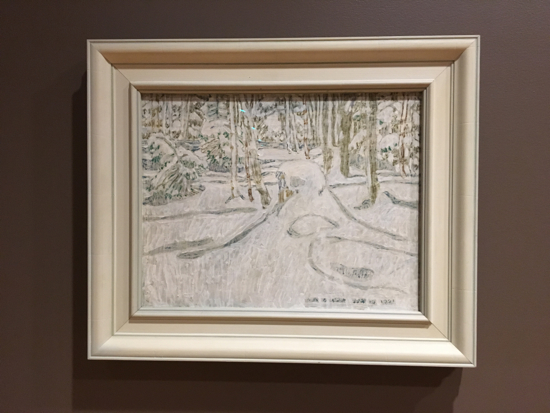
Drift on the Stump, 1921, oil on canvas; Photo Taken by Tara Lee
The last two sections of the exhibitions treat Milne’s “Return to Canada” to Temagami, where he depicted the gritty realities of abandoned mineshafts, as well as water lilies (inspired by Monet) found in the woods; and “A Sudden Opening” at Six Mile Lake near Georgian Bay where he finally found an artistic community and played with spare depictions of nature, such as sky and horizon.
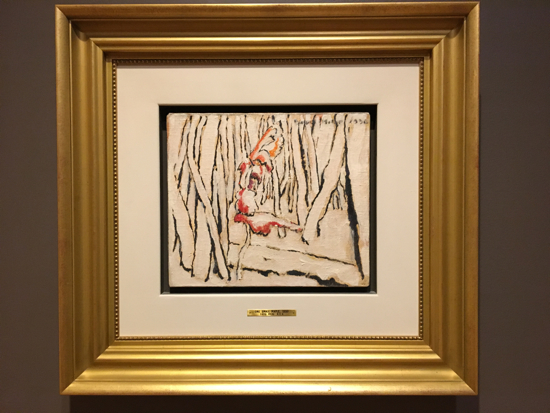
One Small Maple, 1936, oil on canvas; Photo Taken by Tara Lee
Overall, fans of Milne, both new and old, will appreciate an exhibition that gives a thoughtful sense of his personal and artistic transitions, in addition to their visual intertwinements. Milne’s style is inflected by his evolving contexts, but also very much his own.
Further information can be found on-line.
Two other new exhibitions are also currently on-going at the VAG.
Site Unseen (runs until September 9, 2018)
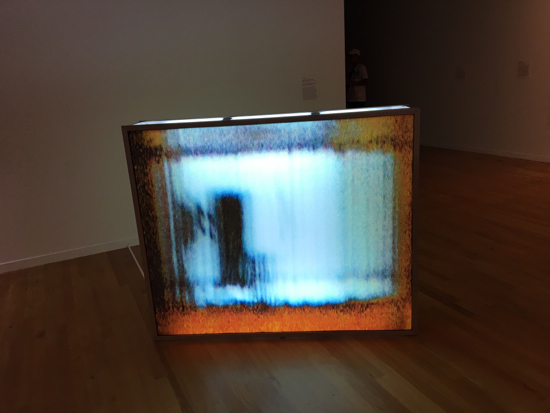
Photo Taken by Tara Lee
Also located on the ground floor, Site Unseen is a photography exhibition that poses questions regarding notions of in/visibility and the changing elements of perception and image manipulation. It features various capturings of urban and rural landscape that play with viewer expectations as well as push the boundaries of distortion, colour intensification, and framing. What is taken-for-granted becomes strange and novel.
Cabin Fever (runs until September 30, 2018)

Photo Taken by Tara Lee
On the second floor, Cabin Fever offers a comprehensive look at the many facets and symbolic resonances of cabin culture. Offering both a historical and cultural examination of the cabin, the exhibition features a wealth of items, from models of cabins around the world to cabin chic attire. The thematic divisions (eg “Shelter,” “Utopia,” and “Porn”) encourage viewers to think of how cabins are more than just structures in the woods, but instead come to materialize both aspirations and fears related to humans and the wilderness, as well as society.











